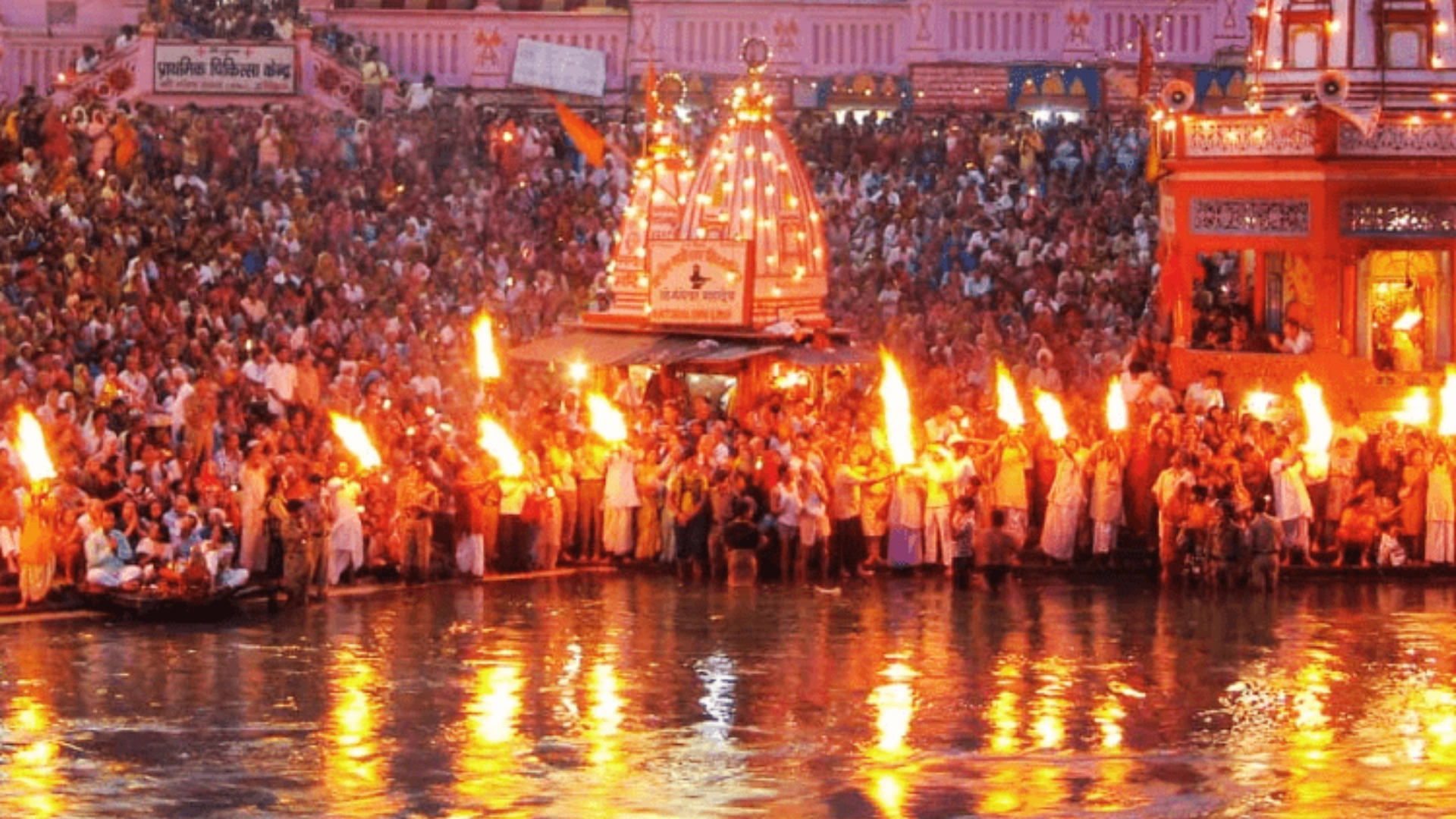The Maha Kumbh Mela is a spiritual event that captivates the world with its magnitude and significance. Held every 12 years in four cities — Allahabad (Prayagraj), Haridwar, Nashik, and Ujjain — it is one of the largest human gatherings in the world. But what makes this festival even more intriguing are the little-known facts that surround it. From its historical roots to the spiritual beliefs that drive its grandeur, the Maha Kumbh offers a wealth of intriguing insights.
1. A Celestial Alignment: The Kumbh Mela is not just a cultural event; it is meticulously timed according to astronomical and astrological phenomena. It is held when the positions of Jupiter, the Sun, and the Moon align in a way that is considered especially auspicious in Hinduism.
2. The Largest Human Gathering: Every time the Kumbh Mela takes place, it attracts millions of devotees, pilgrims, and tourists from all over the globe. The 2013 Maha Kumbh saw an estimated 120 million people gather, which is larger than any religious gathering in the world.
3. The Importance of the Sacred Bath: The primary ritual of the Kumbh Mela is the sacred bathing in the holy river at designated spots. This is believed to cleanse one’s sins and offer spiritual salvation. Pilgrims travel for days or even weeks to reach the bathing sites, often enduring extreme conditions.
4. The Mythical Origins: The story behind the Maha Kumbh Mela is rooted in Hindu mythology. It is believed to have originated when gods and demons fought for the nectar of immortality (amrit) during the churning of the ocean. The nectar spilled at four different locations, which later became the sites of the Kumbh Mela.
5. The Role of the Naga Sadhus: A fascinating feature of the Kumbh Mela is the procession of Naga Sadhus. These are ascetic monks who are known for their renunciation of worldly pleasures. They are the first to bathe during the event, and their presence adds a unique spiritual aura to the festival.
6. A World Heritage in the Making: In 2017, the Maha Kumbh Mela was nominated for inclusion in the UNESCO Intangible Cultural Heritage of Humanity list, underscoring its global importance as a cultural and spiritual event.
7. The “Kumbh Parva” – A Festival for All: Although the main Kumbh Mela is held every 12 years, smaller versions called “Ardh Kumbh” are celebrated every six years. This allows for a continuous spiritual cycle for devotees, fostering a deeper connection with the sacred event.
8. Pilgrims From Across the Globe: Though the Maha Kumbh Mela is primarily a Hindu religious festival, it welcomes pilgrims from different parts of the world, including non-Hindus. The universal appeal of the festival draws people of diverse cultures and backgrounds to witness the grandeur of the event.
The Maha Kumbh Mela is more than just a religious gathering; it’s an event that celebrates the spiritual and cultural richness of India, its ancient traditions, and the collective devotion of millions.
ALSO READ: Mahakumbh 2025: Yogi Adityanath Directs Health Teams to Ensure Public Well-Being During Cold Wave



















